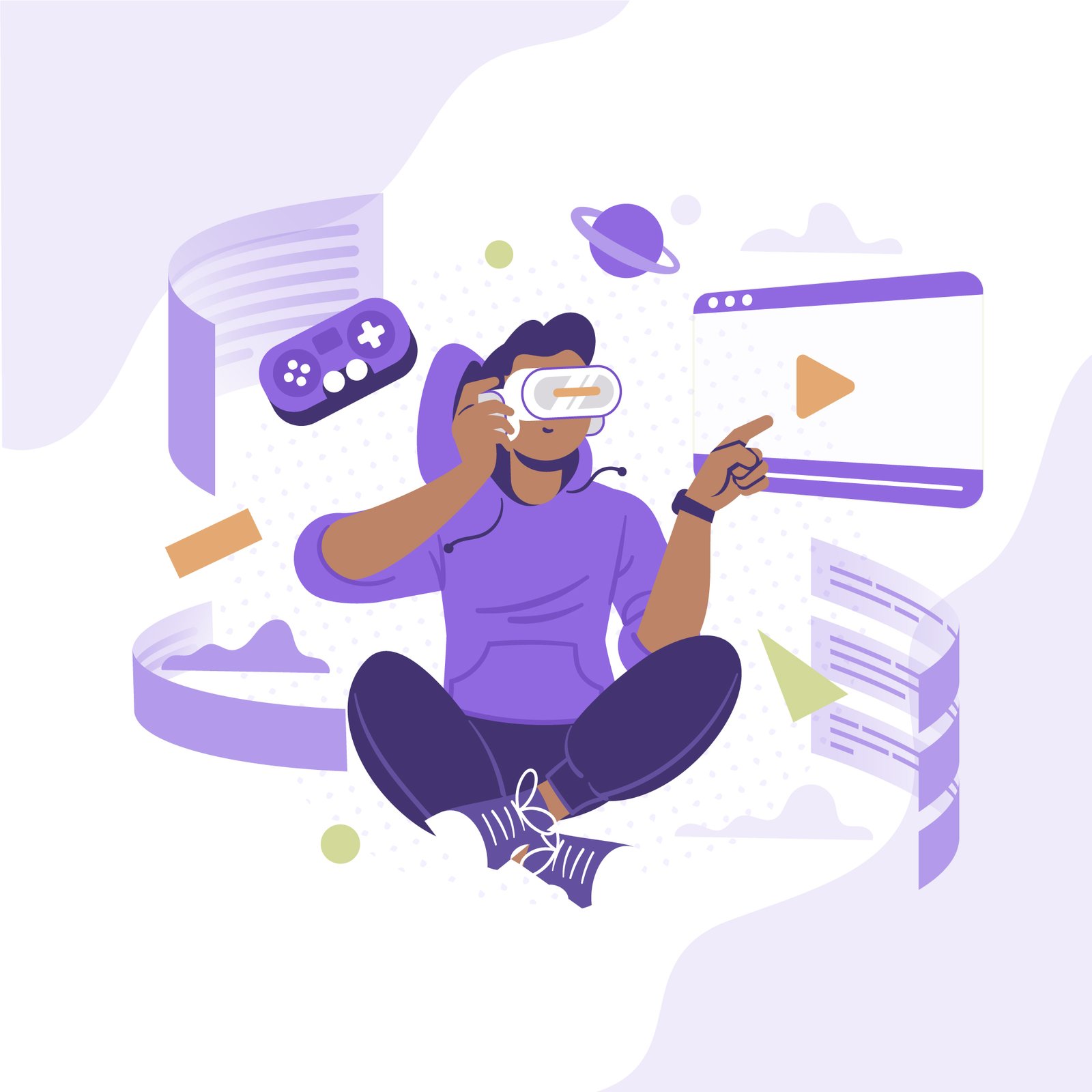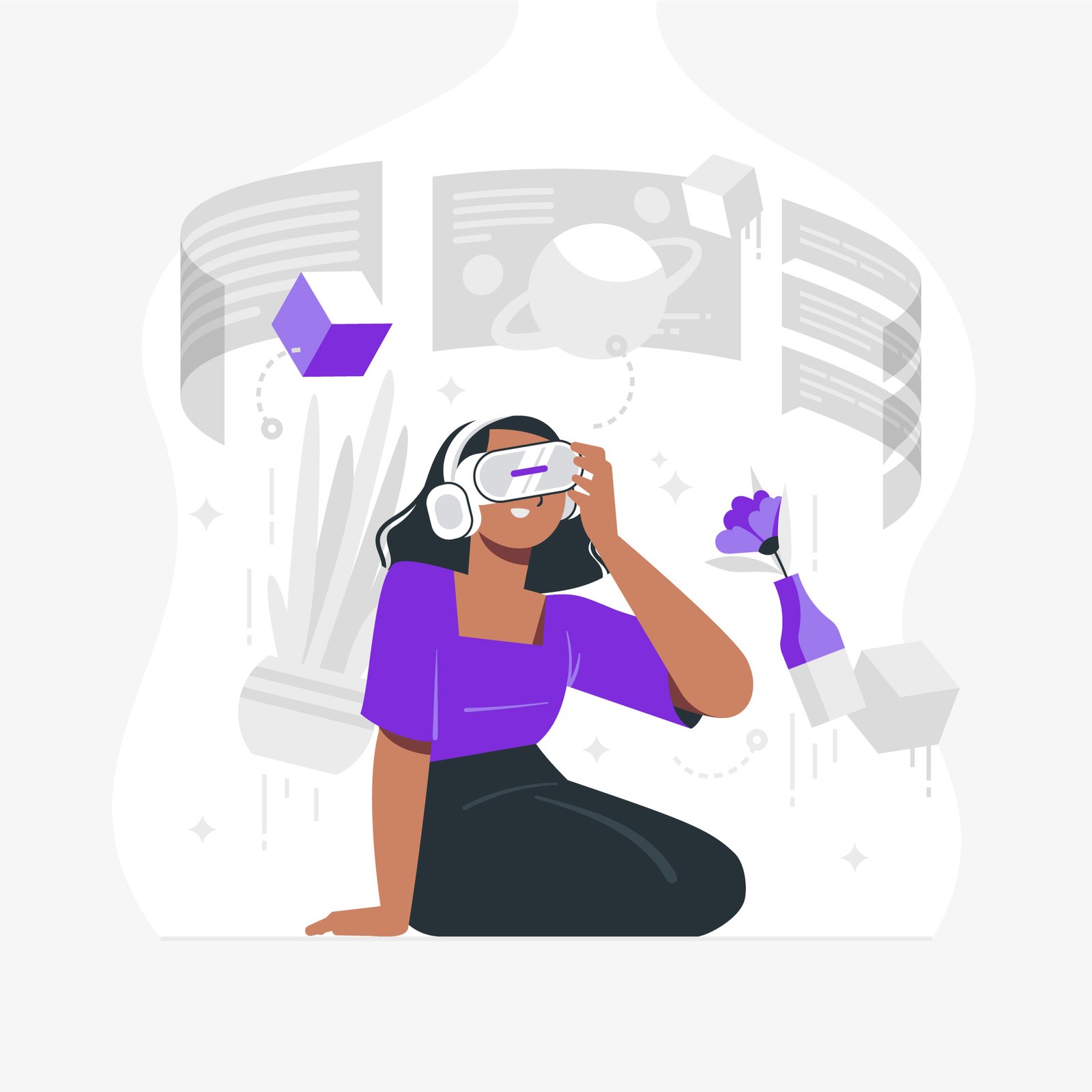VR creates realistic simulations that trick multiple senses. Most commonly users will be placed in a virtual world through headsets on apps that respond to user movement. VR provides users a complete and full view of these generated surroundings in a way that promotes interaction.
AR works in a different way. It adds digital elements to what you see in real life. You’ve probably used it with Instagram filters or Snapchat lenses—AR makes reality better rather than replacing it. Right now, about 98 million people use VR hardware worldwide, while 23 million use more advanced AR tech.




